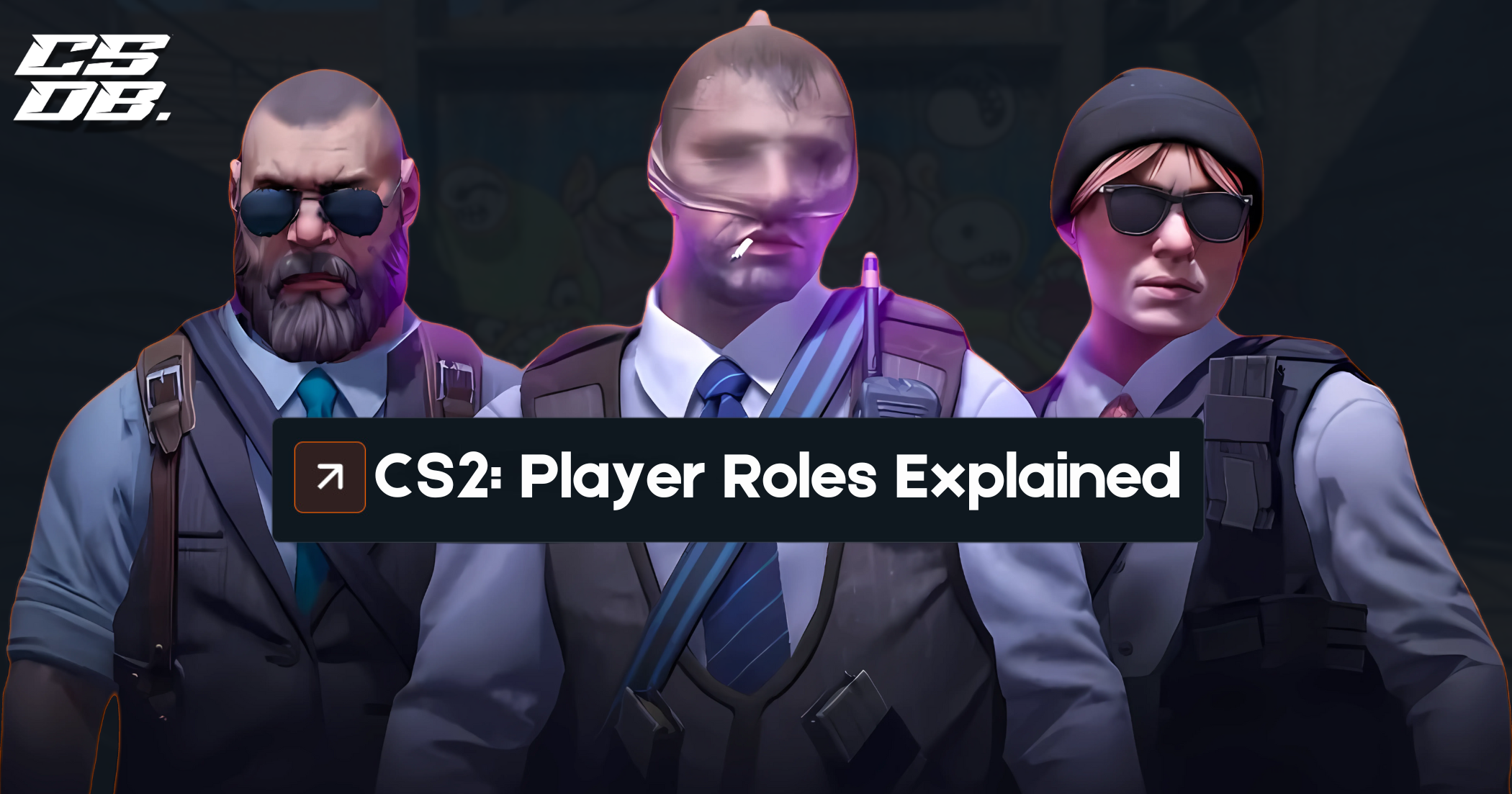The Insight Hub
Explore the latest news and insights across various topics.
Anchor Role Unplugged: Navigate CS2's High Seas of Strategy
Dive into the tactics of CS2! Explore the Anchor Role Unplugged and master the waves of strategy to level up your game today!
Mastering Anchor Role: Essential Strategies for CS2's Competitive Play
In the competitive landscape of CS2, mastering the anchor role is crucial for establishing map control and supporting your team effectively. The anchor player is typically responsible for holding key positions and making critical decisions that can turn the tide of a match. To excel in this role, players must focus on positioning, communication, and adaptability. Positioning yourself in high-traffic areas allows you to engage with enemies while providing valuable intel to your teammates. Effective communication ensures everyone is aligned, and adapting to the changing dynamics of the game is essential for maintaining an advantage.
One of the most effective strategies for a strong anchor role in CS2 is to cultivate map knowledge. Understanding common enemy paths and chokepoints can help you anticipate their movements and make informed decisions to defend your area. Additionally, consider using an ordered list of strategies to enhance your gameplay:
- Utilize sound cues to detect enemy movements.
- Practice crosshair placement to enable quick engagements.
- Learn smoke grenade placements to assist in controlling sightlines.
- Collaborate with teammates to set up crossfires or bait enemy attacks.
By implementing these strategies, you can significantly improve your effectiveness as an anchor and increase your team's chances of securing victory.

Counter-Strike is a highly popular first-person shooter game that emphasizes teamwork and strategic gameplay. Players can choose between two teams, terrorists and counter-terrorists, with the goal of completing objectives such as bomb defusal or hostage rescue. For those new to the game, understanding how to use mic in cs2 can greatly enhance communication and coordination with teammates, making for a more enjoyable and effective gaming experience.
Top 5 Mistakes to Avoid While Playing the Anchor Role in CS2
Playing the anchor role in CS2 is crucial for establishing control over key areas of the map, but many players fall into common traps that can jeopardize their team's success. One major mistake is over-committing to engagements. As an anchor, it’s important to provide information and delay enemies rather than risking your life in unfavorable fights. Instead, focus on positioning and holding angles where you can safely retreat while still gathering intel.
Another common pitfall is failing to communicate effectively with teammates. As an anchor, you should always keep your team informed about enemy positions and potential threats. Utilize your microphone to relay important information and coordinate strategies, as this can significantly impact your team's performance. Additionally, always remember to adapt your playstyle depending on the situation and the strategies employed by the opposing team; rigidity can lead to predictable patterns that enemies can exploit.
How to Adapt Your Anchor Strategy Based on Opponent Playstyles in CS2
In CS2, understanding and adapting your anchor strategy based on your opponent’s playstyles is crucial for achieving victory. Different teams may employ varying tactics, whether it's aggressive entries or slow, methodical pushes. When you notice that your opponents favor a specific approach, such as rush strategies, consider positioning your anchor in a way that they can gather information efficiently, trade kills, and utilize utility to slow down their advances. Conversely, if they prefer a more passive playstyle, you should be prepared to hold off-site with strong crossfires and robust defensive setups.
To refine your anchor strategy, always analyze the enemy's tendencies and be ready to change your positioning accordingly. CS2 demands flexibility; if you’re facing a team that consistently flanks or plays off of their utility, you may want to focus on maintaining sightlines and ensuring your anchor is not isolated. Moreover, communicating with your team about enemy patterns will enhance your overall strategy, allowing for coordinated plays that capitalize on the opponents' weaknesses. Keeping a dynamic approach will not only help in securing rounds but will also keep your opponents guessing.